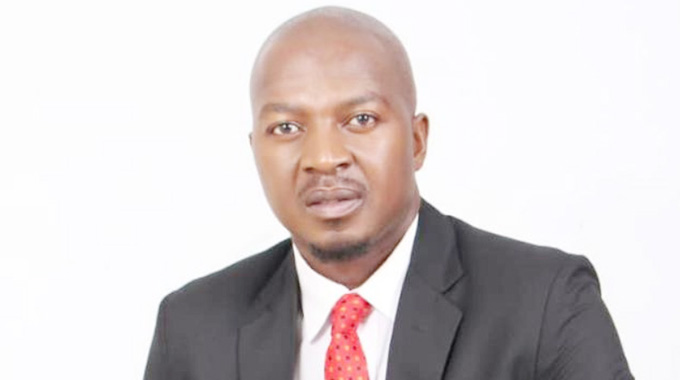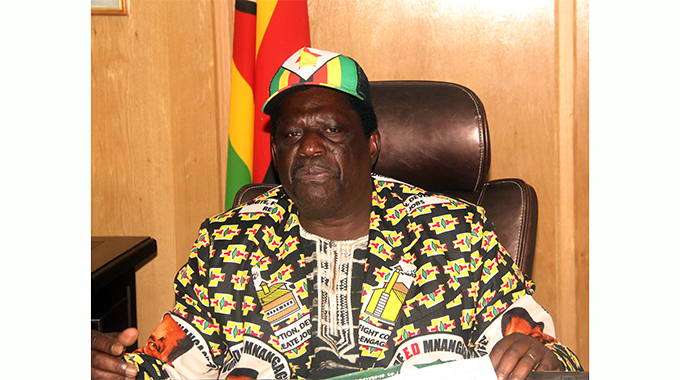Electricity supply improves

Herald Reporters
With the Zambezi River Authority having just allocated Zesa extra Lake Kariba water to generate an average of 500MW at Kariba South, and Hwange 7 generating its designed net output of 300MW, the generation shortfalls are now ameliorated and yesterday were only around 210MW, a huge improvement.
Since early December, output at Kariba South was severely limited after the stored flood waters from last year were exhausted and only the low water inflows were available.
That saw Kariba South cut to 300MW before the water allocation was raised a little to 350MW in February and now to 500MW.
The successful synchronisation of Hwange’s Unit 7 on March 20, followed by the rapid running in to the full 300MW, has seen Hwange Power Station coping with a lot more of the load. Unit 7 has performed well since synchronisation, and now generates up to 335MW, although any output beyond 300MW is used to generate electricity for the power station services.
Statistics from Zesa’s power generation unit, the Zimbabwe Power Company, yesterday showed total generation of 1 090MW: with Hwange on 548MW, Kariba south on 506MW, Harare on 12MW and Munyati on 13MW.
Zesa general manager responsible for stakeholder relations, communications and welfare Dr George Manyaya yesterday confirmed the power supply had improved, resulting “in reduced load curtailment across most of our customer segments”.
“This achievement was as a result of implementation of various measures and the stabilisation of performance of the Hwange Unit 7 which is undergoing commissioning tests and has been able to supply a full load of 300MW to the national grid in some instances,” said Dr Manyaya.
“Barring unforeseen technical challenges, we expect the electricity supply situation to continuously improve as we ramp up generation at the Hwange Power Station. Likewise, a lot of technical processes are ongoing in preparation of the impending synchronisation of Hwange Unit 8, which will add another 300MW.
“Furthermore, we have been engaging with the Zambezi River Authority for more water allocation and we can confirm that we have been allowed to increase generation for limited periods.”
In an interview yesterday on the sidelines of the Zimbabwe International Trade Fair (ZITF), Energy and Power Development Ministry Permanent Secretary Engineer Gloria Magombo said they were assessing Unit 7’s performance before full commissioning.
“I think you are aware that the project for Hwange 7 and 8 is way above 98 percent completion and there was the successful synchronisation of the Unit 7 to the grid and this now means that the continued technical commissioning is now being done live on the system,” said Eng Magombo.
Although the formal commissioning of the unit is in June, the commissioning process means that power is being supplied almost continuously. Once all tests and are completed the unit will be officially handed over from the contractors to ZPC.
The Government, she said, wanted to ensure a seamless and hiccup-free production of electricity from Units 7 and 8.
“It will be happening for the next month until June when it will be declared for commercial operation and then we can have the official handover, which is the cutting of the ribbon,” she said.
“Between now and that time, the unit will be coming in and out and producing power in the process. That is the difference between cold commissioning before you synchronise and hot commissioning when you have synchronised.”
While addressing delegates at a Dealt Capital conference in Bulawayo yesterday, Eng Magombo implored citizens to be patient as the Government moved to address the power situation.
She said they want to ensure that Unit 7 behaves “in a way that if there is any challenge, it should be able to remain operational without having to go off or even explode”.
“It is a very critical period for us as a sector and we would like the public to bear with us,” she said.
“Yes, we are getting the 300MW from Unit 7, but at times we have to take it off to make sure that we test at different levels.”
Turning to rural electrification, Eng Magombo said grid extensions were taking place and were usually targeting business centres, schools, clinics and communities can then come together and get a 50 percent subsidy when being connected to the grid.
“We are also using off-grid mini grids. We have built one in Tsholotsho,” she said.
As warned last week, ZESA prepaid tokens will be unavailable from 4.30pm on May 5 to midnight on May 6 during scheduled major system maintenance.
“We would like to sincerely apologise to all our valued stakeholders for any inconveniences caused and assure that the utility remains alive to the need to guarantee power supply to the nation, and will harness all measures to mitigate the power deficit challenges, increase capacity and improve service delivery,” said Dr Manyaya.








Comments